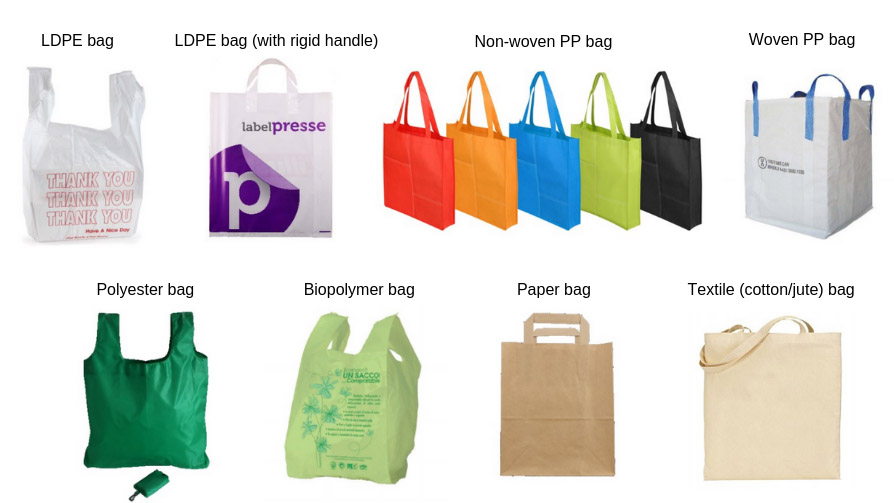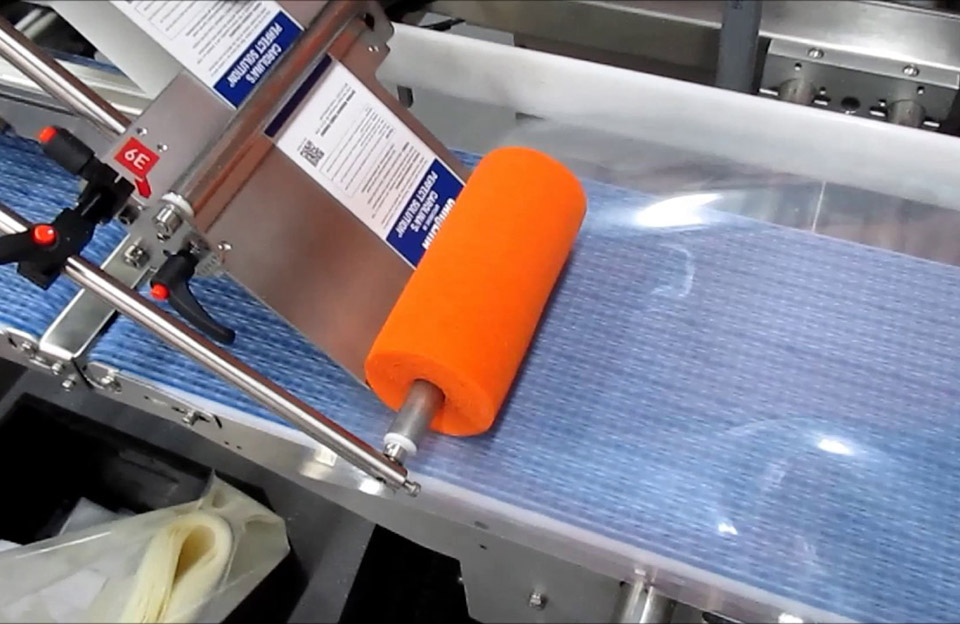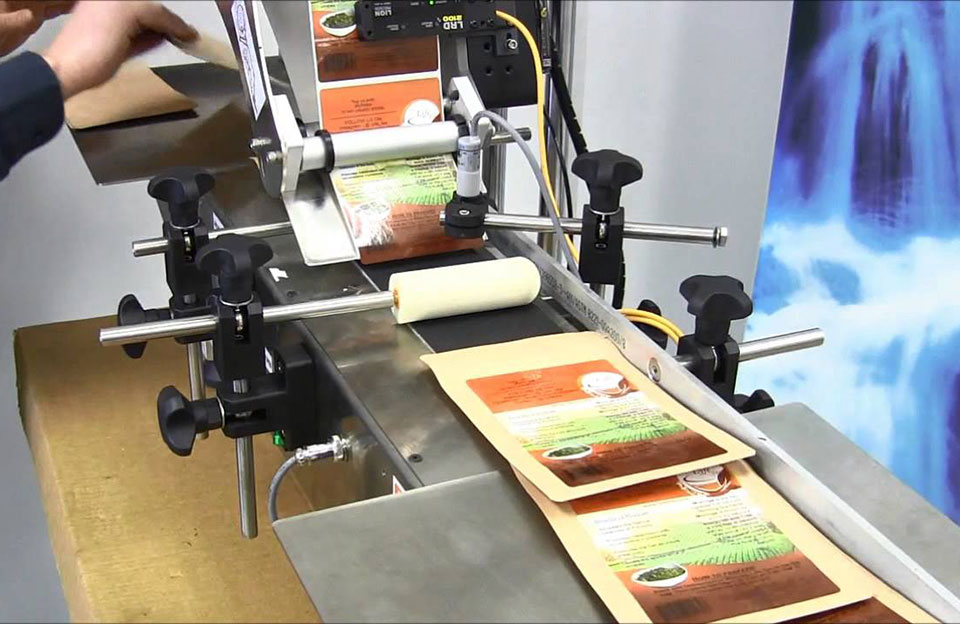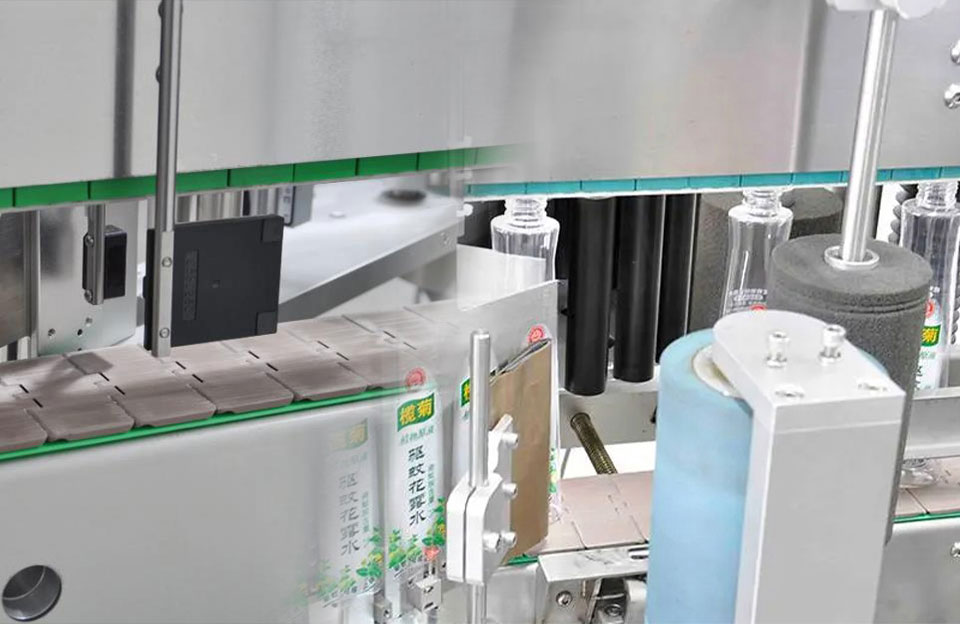A pouch or bag labeling machine is specialized industrial equipment designed to automatically apply labels onto various types of pouch bags or flexible packaging materials. These machines are widely used in food and beverage, pharmaceuticals, cosmetics, and many others, where products are packaged in pouches or bags.
The bag labeling machine has a wide range of applications and can be used to label various bags, such as plastic, paper, and cotton bags.
Different Types of Bags
Here are some common types of bags based on the materials used:
- Plastic Bags: These bags are made from various types of plastic, such as polyethylene (PE) or polypropylene (PP). They come in different shapes and sizes and are widely used for packaging, shopping, and storage purposes.
- Paper Bags: Made from paper or paperboard, these bags are more environmentally friendly compared to plastic bags. They are often used for shopping, gift wrapping, and carrying lightweight items.
- Tote Bags: Tote bags can be made from various material
- s, including canvas, cotton, polyester, or jute. They are reusable and come in different styles, making them popular for shopping and carrying everyday items.
- Jute Bags: Jute bags are eco-friendly and made from natural fibers. They are biodegradable and commonly used as shopping bags, promotional bags, or for various decorative purposes.
- Cotton Bags: Cotton bags are made from cotton fabric, which is durable and reusable. They are used for shopping, carrying books, or as promotional items.
- Polypropylene (PP) Bags: PP bags are made from polypropylene, a type of plastic. They are commonly used for packaging, such as storing grains, flour, or pet food.
- Polyethylene (PE) Bags: PE bags are made from polyethylene and are widely used for various purposes, including food packaging, trash bags, and industrial applications.
- Laminated Bags: Laminated bags can be made from different materials, such as plastic or fabric, and have a laminated layer for added durability and water resistance.
- Biodegradable Bags: These bags are designed to break down naturally over time, reducing environmental impact. They can be made from cornstarch, PLA (polylactic acid), or certain types of biodegradable plastics.
- Woven Bags: Woven bags are made from woven synthetic materials and are commonly used for packaging agricultural products, animal feed, and construction materials.
- Non-Woven Bags: Non-woven bags are made from fibers bonded mechanically, chemically, or thermally. They are commonly used as reusable shopping bags and promotional items.

Bags with Different Materials
Factors to Consider When Choosing A Bag Labeling Machine
When choosing a bag labeling machine, several factors must be considered to ensure that you select the most suitable machine for specific labeling requirements and production needs. Here are some important factors to consider:
- Type of Bags: Consider the bags which need to label. Different machines are designed to handle specific bag types, such as flat bags, stand-up pouches, gusseted bags, or irregularly shaped bags. Ensure that the bag labeling machine is compatible with the bags.
- Changeover and Adjustment: Consider how easy and quick it is to change label sizes, adjust label placement, and switch between different bag types. Bag labeling machine with tool-less or user-friendly adjustments can save time during setup and changeover.
- Labeling Speed and Production Capacity: Assess the production requirements and choose a bag labeling machine to handle the desired labeling speed and capacity. Machines have different labeling speeds, ranging from a few labels per minute to hundreds or more. Select a machine that matches production volume.
- Label Size and Format: Consider the range of label sizes and formats the bag labeling machine can handle.
- Labeling Orientation: Some products may require specific label orientations, such as top, bottom, side, or wrap-around labeling. Choose a machine that can handle the labeling orientation needed for bags.
- Labeling Material: Consider the label material intended to use. Some machined may be designed to work with specific label materials, such as paper, plastic, or laminated labels.
- Label Verification System: For industries with strict quality control requirements, consider a machine with a label verification system that can check the accuracy and presence of labels before application.
- Maintenance and Service: Look into the maintenance requirements of the bag labeling machine and the availability of technical support and service. A reliable and responsive customer support system minimizes downtime and keeps the machine running smoothly.
- Budget and Return on Investment (ROI): While cost is an essential factor, prioritize the overall value and return on investment the machine can offer. A more expensive bag labeling machine with higher efficiency and reliability may provide better long-term benefits.
- Space and Layout Requirements: Evaluate the physical space available in your production area and consider the layout requirements for installing the machine. Choose a machine that fits well within the required workspace and does not disrupt the production flow.

Bag Labeling Machine
Conclusion
A bag labeling machine is an essential piece of equipment for industries that package products in pouches or flexible bags, offering automation, accuracy, and efficiency in the labeling process. It plays a crucial role in enhancing productivity and ensuring the quality of labeled products in modern manufacturing processes.


